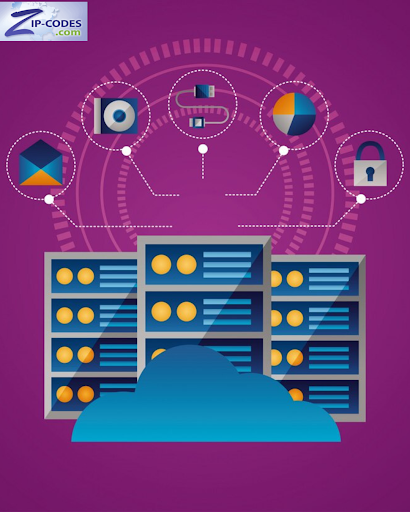
Every local business wants to spend smarter, not louder. But the big question is—how do you target the right people in the right place without wasting ad budget? That’s where two location-driven strategies stand out: ZIP code targeting and geofencing.
Both sound like smart moves. But which one is actually built to deliver better ROI?
ZIP Code Strategy: It's Not Just Location—It’s Insight
ZIP codes do more than group streets. When paired with a reliable ZIP Code Database, they unlock powerful targeting. Think deeper than simple boundaries—this data includes city names, population figures, average income, housing values, age groups, even business presence.
That’s how marketers shape smarter decisions. Imagine launching a campaign in a ZIP where 70% of households fit your ideal income range. Or sending offers to ZIPs with a high density of small businesses when you sell B2B services.
ZIP-based targeting helps businesses:
Find where their best customers live
Focus budgets on high-performing territories
Run efficient email, mail, and online ad campaigns
Map out growth potential with census-backed accuracy
And when your data updates monthly—like it does with services from Zip-Codes.com—you’re not working with stale insight. You’re working with a live map of opportunity.
Geofencing: Real-Time Precision, Short-Term Window
Geofencing plays a different game. Instead of planning by ZIP or city, it reacts to a user’s exact location using GPS, Wi-Fi, or mobile signals. You draw a virtual fence around a spot—say a stadium, mall, or hotel—and when someone enters it, your ad or message gets triggered.
This can be great for flash promotions, store openings, or event-based marketing. But there’s a limit. You're often targeting people who didn’t ask for your ad and might be gone before they even see it. Plus, without demographic insight, you don’t really know who is entering the fence—just that someone did.
So, while it offers precision, it can be a gamble if you're flying blind.
The ROI Equation: What’s More Sustainable?
Now ask yourself: are you planning campaigns or chasing fleeting moments?
Geofencing is powerful in bursts, but it rarely helps you understand your audience long-term. ZIP code targeting does. It lets you build patterns, track performance by territory, and refine your campaigns with actual demographic evidence—not assumptions.
A ZIP Code Database gives you the long-view. You get to test offers by region, forecast returns, and avoid ad fatigue by rotating fresh ZIP segments. You’re not just dropping pins—you’re planting strategy.
Want the Best of Both? Start With ZIP Data
There’s no rule against using both strategies. But if you're starting from scratch or running lean, start with data that gives you leverage. ZIP-based campaigns can reveal your most valuable markets. Once those high-performing ZIPs are clear, you can then place geofences where they matter most.
Let strategy lead. Let data do the heavy lifting.
The Smarter Way to Target Local
It’s easy to be tempted by the shiny side of digital tech. But targeting isn’t about tricking people—it’s about reaching those who are likely to respond. ZIP Code Databases like the ones from Zip-Codes.com help you identify and focus on those areas from day one.
You can download the data in formats you actually use—Excel, SQL, Access—and build it right into your CRM or ad stack. Monthly updates keep your campaigns relevant and accurate.
Thinking About ROI? Start With the Data That Drives It
If you want to improve your local ads without overspending, think ZIP first. It’s location intelligence backed by real numbers—not guesswork.
Explore the ZIP Code Database at Zip-Codes.com and take your local targeting from scattered to strategic.








Write a comment ...